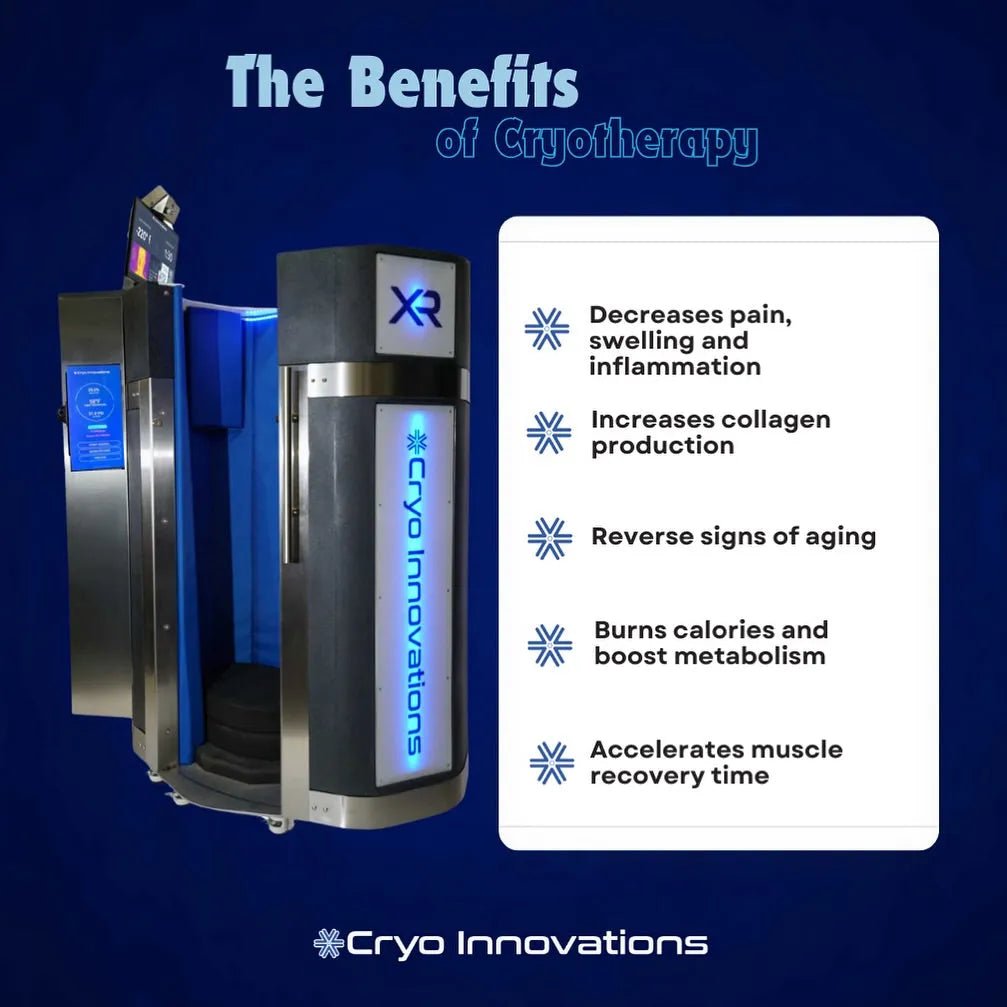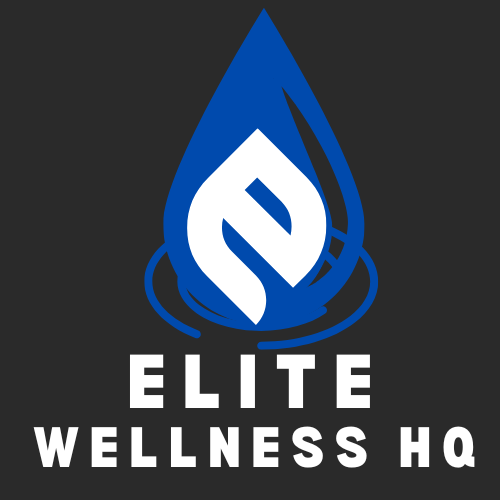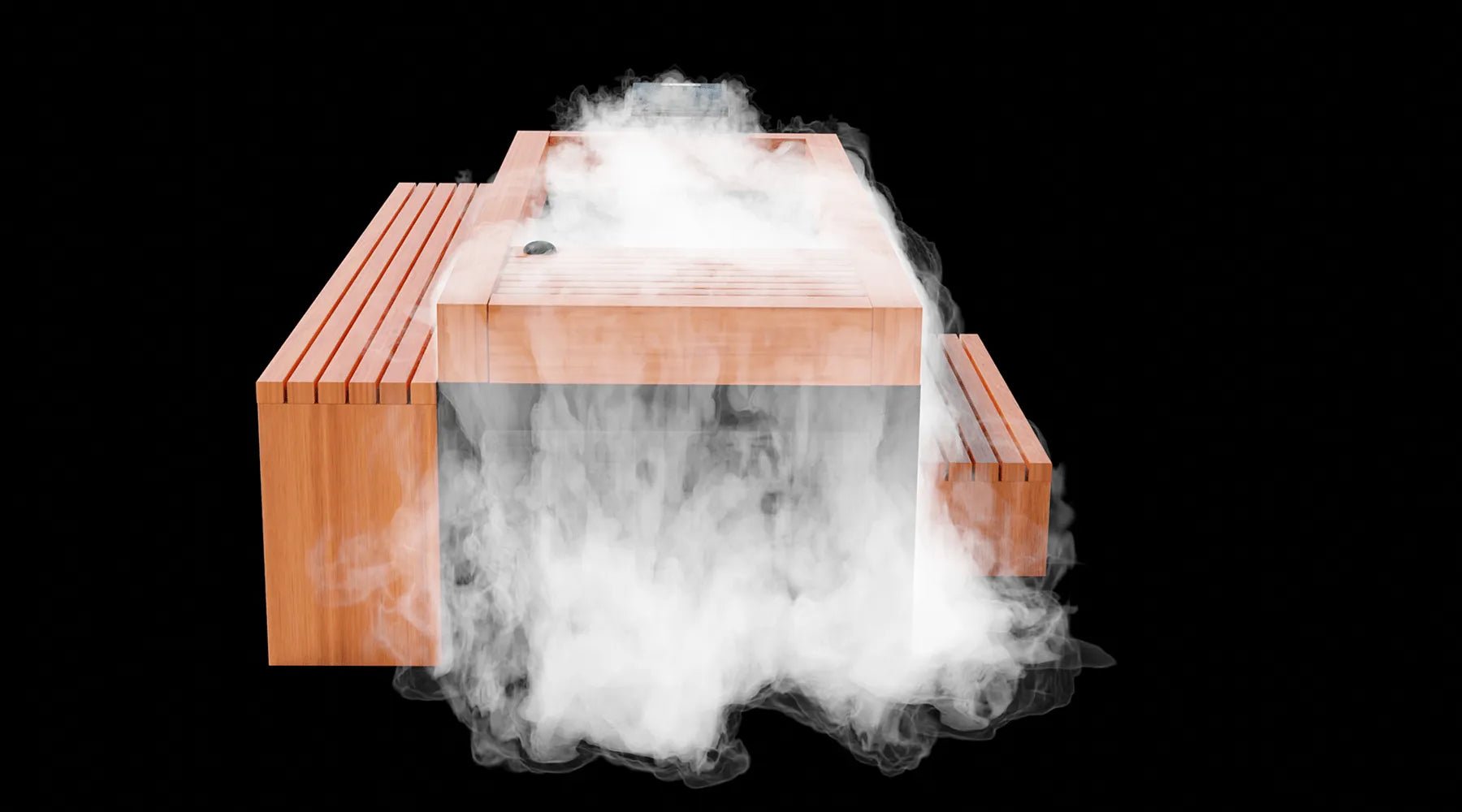
Why 72% of users report significant pain relief (Cryo Innovations Study, 2023).
The Power of Cryotherapy: Exploring Pain Relief and the Cryo Innovations Study (2023)
Cryotherapy, a treatment harnessing the power of extreme cold, has surged in popularity in recent years as a go-to solution for pain management, recovery, and overall wellness. From elite athletes to individuals battling chronic pain, this innovative therapy promises relief through a simple yet profound mechanism: exposing the body to subzero temperatures. A 2023 study by Cryo Innovations found that an impressive 72% of users reported significant pain relief after cryotherapy sessions. But what makes this therapy so effective, and why are so many people experiencing such remarkable results? In this detailed blog, we’ll dive into the science of cryotherapy, its applications for pain relief, and unpack the findings of the Cryo Innovations Study to understand why it’s making waves in the world of health and wellness.
What Is Cryotherapy?
At its core, cryotherapy—derived from the Greek words *kryos* (cold) and *therapeia* (healing) is the use of low temperatures to promote therapeutic benefits. It comes in various forms, ranging from localized applications like ice packs to whole-body cryotherapy (WBC), where individuals step into a chamber cooled to temperatures as low as -160°C (-256°F) for two to four minutes. The modern iteration of cryotherapy was pioneered in the 1970s by Japanese rheumatologist Toshima Yamaguchi, who used it to treat rheumatoid arthritis. Since then, its applications have expanded to include muscle recovery, inflammation reduction, and chronic pain management.
Cryotherapy works by triggering the body’s natural responses to cold. When exposed to extreme temperatures, blood vessels constrict (vasoconstriction), redirecting blood flow to vital organs. Once the session ends and the body warms up, blood vessels dilate (vasodilation), flooding tissues with oxygen-rich blood, anti-inflammatory proteins, and endorphins - nature’s painkillers. This process reduces inflammation, numbs nerve endings, and accelerates healing, making it a powerful tool for pain relief.
Cryotherapy and Pain Relief: The Science Behind It
Pain, whether acute or chronic, often stems from inflammation, nerve irritation, or tissue damage. Cryotherapy targets these root causes in several ways:
1. Reducing Inflammation: Cold exposure lowers the production of pro-inflammatory cytokines while boosting anti-inflammatory substances like interleukin-10 (IL-10). This helps alleviate swelling and discomfort in conditions like arthritis or muscle injuries.
2. Numbing Pain Signals: The cold slows nerve conduction, temporarily dulling pain signals sent to the brain. This is why an ice pack feels soothing on a sprained ankle and why whole-body cryotherapy amplifies that effect across larger areas.
3. Endorphin Release: The shock of cold triggers the release of endorphins, adrenaline, and noradrenaline, which elevate mood and reduce the perception of pain. This hormonal response can provide relief that lasts beyond the session itself.
4. Improved Circulation: Post-session vasodilation enhances blood flow, delivering nutrients and oxygen to damaged tissues, which supports recovery and reduces soreness.
These mechanisms make cryotherapy particularly appealing for conditions like fibromyalgia, osteoarthritis, rheumatoid arthritis, and chronic low back pain, as well as for athletes recovering from intense physical exertion.
The Cryo Innovations Study (2023): A Closer Look
In 2023, Cryo Innovations, a leading provider of cryotherapy equipment, conducted a study to evaluate the effectiveness of their whole-body cryotherapy chambers. The study surveyed users across various demographics, including athletes, chronic pain sufferers, and wellness enthusiasts, focusing on their experiences with pain relief. The standout finding? A remarkable 72% of participants reported “significant pain relief” after regular cryotherapy sessions.
While the full details of the study’s methodology (e.g., sample size, session frequency, or specific pain metrics) aren’t publicly available in this context, we can infer some key factors that likely contributed to this high success rate based on Cryo Innovations’ reputation and the broader body of cryotherapy research:
- Advanced Technology: Cryo Innovations is known for its state-of-the-art chambers, which use liquid nitrogen or electric cooling systems to achieve consistent, ultra-low temperatures (down to -160°C). This precision ensures optimal therapeutic effects compared to less controlled methods like ice baths.
- User Diversity: The study likely included a mix of individuals with acute pain (e.g., post-workout soreness) and chronic conditions (e.g., arthritis), reflecting cryotherapy’s versatility. The 72% figure suggests it’s effective across a broad spectrum of pain types.
- Session Consistency: Pain relief from cryotherapy often builds with regular use. The study may have tracked participants who completed multiple sessions (e.g., 2-3 per week), allowing cumulative benefits like reduced inflammation and sustained endorphin release to take hold.
- Subjective Reporting**: The term “significant pain relief” implies a noticeable improvement in participants’ quality of life, likely measured through self-reported scales like the Visual Analogue Scale (VAS). This aligns with other research showing cryotherapy’s impact on perceived pain.
Why 72%? Breaking Down the Success Rate
So, why did 72% of users in the Cryo Innovations Study experience significant pain relief? Let’s explore some plausible reasons:
1. Targeted Pain Conditions: Chronic pain conditions like fibromyalgia and osteoarthritis have shown responsiveness to cryotherapy in prior studies. For example, a 2020 narrative review in *Pain and Therapy* found that both local and whole-body cryotherapy provided relief for fibromyalgia patients. The Cryo Innovations Study likely captured a high proportion of such responders.
2. Enhanced Recovery for Athletes: Athletes, a key demographic for Cryo Innovations, often use cryotherapy to combat delayed-onset muscle soreness (DOMS). A 2021 analysis of 52 studies confirmed that cold-water immersion (a related modality) reduced DOMS 24 hours post-exercise, and whole-body cryotherapy may outperform it for muscle strength recovery. The study’s 72% could reflect this group’s strong response.
3. Psychological Boost: The endorphin rush from cryotherapy doesn’t just numb pain—it uplifts mood. For chronic pain sufferers, this dual physical and mental relief can amplify the perception of improvement, contributing to the high reported success rate.
4. Safety and Accessibility: Cryotherapy is low-risk when properly administered, with mild side effects like temporary numbness or redness. Cryo Innovations’ chambers likely optimized safety and comfort, encouraging consistent use and better outcomes.
However, it’s worth noting that 28% of users didn’t report significant relief. This could stem from individual variability (e.g., pain tolerance, condition severity), insufficient session frequency, or conditions less responsive to cold therapy (e.g., neuropathic pain). Future studies could clarify these outliers.
Real-World Applications and User Experiences
Beyond the numbers, cryotherapy’s appeal lies in its real-world impact. Athletes like Cristiano Ronaldo and LeBron James have installed cryotherapy chambers at home to maintain peak performance. Meanwhile, everyday users rave about its effects on arthritis, migraines, and even post-COVID fatigue. The Cryo Innovations Study’s 72% aligns with anecdotal evidence and smaller clinical trials, reinforcing cryotherapy’s growing credibility.
For example, a 2021 study on judo practitioners found that whole-body cryotherapy enhanced recovery and muscle growth factors, while a 2017 review in *Frontiers in Physiology* noted its benefits for post-exercise inflammation. These findings echo the experiences of Cryo Innovations users, suggesting that the 72% figure isn’t an anomaly but part of a broader trend.
Is Cryotherapy Right for You?
While the Cryo Innovations Study highlights cryotherapy’s potential, it’s not a one-size-fits-all solution. It’s generally safe, but those with conditions like Raynaud’s disease, severe hypertension, or cold intolerance should consult a doctor first. The therapy’s cost (sessions typically range from $30-$100) and the need for regular use might also be considerations.
If you’re intrigued, start with a single session at a reputable facility using Cryo Innovations or similar technology. Notice how your body responds—many report immediate relief, though chronic conditions may require a few sessions to show results.
Conclusion: The Cold Truth About Pain Relief
Cryotherapy is more than a wellness fad—it’s a science-backed approach to pain management that’s winning over users worldwide. The Cryo Innovations Study (2023) underscores this with its finding that 72% of participants experienced significant pain relief, likely due to reduced inflammation, nerve numbing, and endorphin release. Whether you’re an athlete recovering from a tough workout or someone seeking relief from chronic pain, cryotherapy offers a chilly yet promising path to feeling better. As research continues to evolve, this icy therapy may solidify its place as a cornerstone of modern pain relief—72% of users can’t be wrong!


